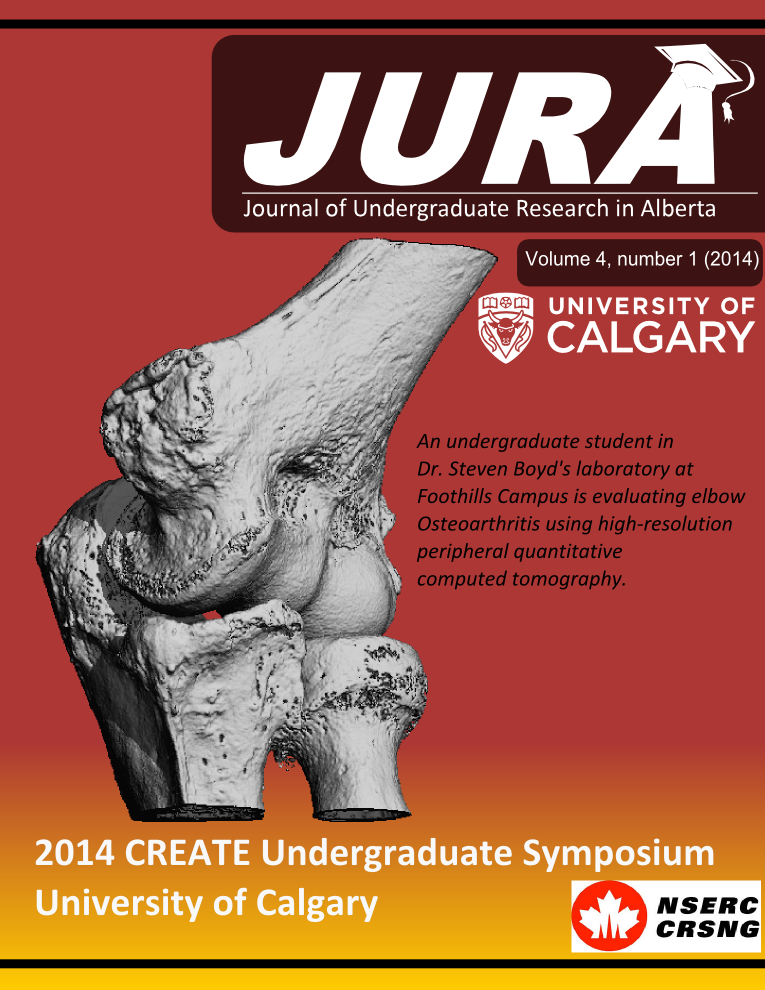ALTERED DYNAMIC TIBIOFEMORAL CONTACT PATH LENGTH IN ACL DEFICIENT KNEES
Abstract
INTRODUCTION
Osteoarthritis (OA) is a degenerative joint disease characterised by the irreversible degradation of cartilage. Ligament injuries in the knee are a known risk factor for post-traumatic OA (PTOA),1 the aetiology of which may be due to a combination of altered mechanical and biological factors.
In this study, we investigated how anterior cruciate ligament (ACL) tear affects the relative motion of the subchondral bone surfaces in the knee (i.e., “surface interactions”), which is abnormal in ACL-deficient animal models.2 Tibiofemoral contact path was calculated based on the relative surface motions. We hypothesised that contact path length and shape are altered in ACL-deficient subjects.
METHODS
Two ACL-deficient subjects and one healthy control subject (male, ages 34-55) underwent magnetic resonance (MR) imaging scans (3T FIESTA sequence) of both knees, then performed walking trials on an instrumented treadmill. During the walking trials, ground reaction force data were collected and fluoroscopy images from two separate views of the knee were taken. Using Amira (VSG, Germany), 3D models of the tibia and femur were generated from segmented MR images, and the in vivo bone alignments were determined using AutoScoper (Brown University, RI).
For each in vivo frame, tibiofemoral proximity was mapped in Matlab (version R2013a, Natick, MA). Weighted centroids were calculated for each of the four tibiofemoral surfaces, with closer proximities having a higher weighting. The weighting factor used was w = (15 mm – proximity)3, counting only proximities less than 15 mm. Contact path was defined as the path that the weighted centroid made across the frames analyzed. Differences in contact path between left and right knees were assessed qualitatively for each of the subjects.
RESULTS
For the healthy control subject, contact paths were similar between knees, and were in a straight line, primarily in the anterior-posterior direction. In the two ACL-deficient subjects, the unaffected limb contact path displayed a shape similar to the control limbs. In contrast, the paths in the affected knees were shorter, were not consistently in the same location, and underwent greater mediolateral excursions.
DISCUSSION AND CONCLUSIONS
The qualitative results from three subjects support the hypothesis that contact path location and direction may be altered in ACL-deficient individuals. The changes in contact path show similarities to past studies with animal models.2
There exist limitations in the ability to measure surface interactions, as only a small portion of the gait cycle can be analyzed using the dual-fluoroscopy system. Despite this, the dual-fluoroscopy method of bone tracking is superior to traditional marker-based motion capture systems, as it is more accurate than marker-based methods.
The results suggest that there may be a correlation between ACL status and contact path shape during level walking. Future studies will increase the number of subjects and explore means of comparing contact paths quantitatively. Identification of associations between contact path shape and severity of joint damage may provide new insight into the pathogenesis of osteoarthritis.
Downloads
References
2. Beveridge J. Surface Interactions and Cartilage Damage in Two Ovine Models of Stifle Injury [dissertation]. University of Calgary. 2012
Downloads
Published
Issue
Section
License
Authors retain all rights to their research work. Articles may be submitted to and accepted in other journals subsequent to publishing in JURA. Our only condition is that articles cannot be used in another undergraduate journal. Authors must be aware, however, that professional journals may refuse articles submitted or accepted elsewhere—JURA included.


